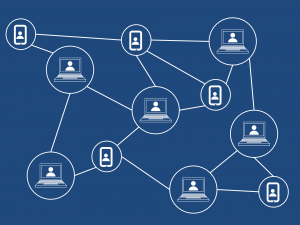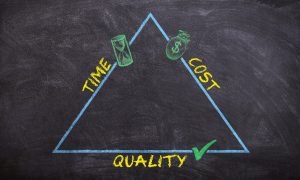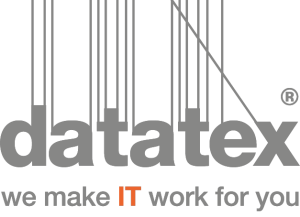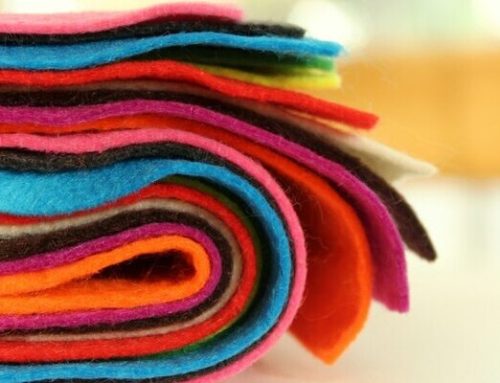Transparency and monitoring of industrial processes along the entire supply chain are fundamental issues and today the virtualization of procedures has allowed a real time access to the relevant information related to the product. The supply chain in textile sector is highly fragmented and it involves many actors that process the raw material in different processes, creating various intermediate goods.
Quality assurance, is not only related to the final product but rather to the multitude of semi-finished products. This transparency requirement is more and more resolved using a new paradigm: the blockchain.
Blockchain is a decentralized database for the management all types of transaction, divided into blocks that are managed, thanks to a system of cryptography, by the members of a network (nodes). These verify, approve and record in different blocks, all the data related to that specific operation.
The system is based on a peer-to-peer organization where every node in the network is entitled to approve or not the transaction, without a central authority. Here the data are not stored on a single computer, but on all the connected servers. This makes it almost impossible to alter a block without the other nodes on the network noticing it.
In any case, a block is never overwritten, but the required change is stored in a new block that shows the change occurred. Hence, it is a non-destructive recording mode, as in the budget, where it is possible to keep track of history of all the changes occurred over time.
This technology, initially deployed in the financial world with Bitcoin, can actually be used in different fields, such as in the supply chain.
At present, manufacturers spend much time and money in the management, often manual, of a very complex supply chain, identifying and selecting trusted suppliers, negotiating agreements, tracking products during the delivery and ensuring regular payments. All this for the purpose of gaining trust and guarantee their reliability. Through the use of blockchain, these operations will be fully automated, by having all players share this information in a secure and verified system, without having to involve other external and expensive intermediaries.
About quality, a key issue in textile, the blockchain technology can reduce the need of external inspections, while the network can assure the quality and the authenticity of the product, based on records that cannot be tampered with. This approach may allow producers to improve the quality of their products over time, because all these details are stored permanently and will become the basis for future decision-making.
Keeping full visibility of data and sharing it with your network of customers, is a way to assure that company’s data is reliable and transparent. The Lot Tracking function, supported by Datatex ERP System NOW, allows to track the quality of the production processes along the entire supply chain.
 The adoption of a Blockchain technology, could allow to have a complete chronology of a product – from raw materials to dyeing, weaving and finishing , make- up and shipping, thus tracking its entire path as a whole. The real time visibility of each production step allows to quickly identify the single product and to share information coming from suppliers, with your own network of customers. Thanks to the abovementioned immutability of the blockchain, this system is impossible to alter, due to the complex system of algorithms used, thus enhancing overall confidence in the presented information.
The adoption of a Blockchain technology, could allow to have a complete chronology of a product – from raw materials to dyeing, weaving and finishing , make- up and shipping, thus tracking its entire path as a whole. The real time visibility of each production step allows to quickly identify the single product and to share information coming from suppliers, with your own network of customers. Thanks to the abovementioned immutability of the blockchain, this system is impossible to alter, due to the complex system of algorithms used, thus enhancing overall confidence in the presented information.
The bigger benefits for manufacturers are linked to an improvement of operational efficiency, to a reduction of production costs and to the creation of new business opportunities thru the enabled enhanced transparency. However, this opportunity depends on the ability of producers to collaborate with external actors, such as distributors, so that the information can quickly and efficiently spread among the organizations.
The primary need in order to get such a positive outcome is coordination, with the definition of common standards between different realities: not an easy task given the complexity of the supply chain, whether textile or not.

